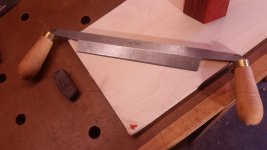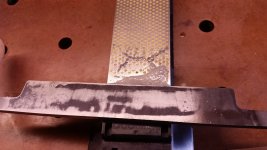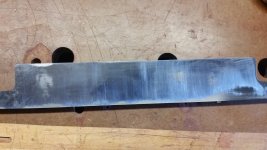ear3
Member
- Joined
- Jul 24, 2014
- Messages
- 4,342
Just a basic question about what the best draw knives are. Given the relatively simple design, it's hard to figure out how much better say the Lie Nielsen blade is at $170 than something I could get from Veritas in the 50-70 dollar range.
Also, any recommendations on sharpening fixtures for the draw knife?
Also, any recommendations on sharpening fixtures for the draw knife?




